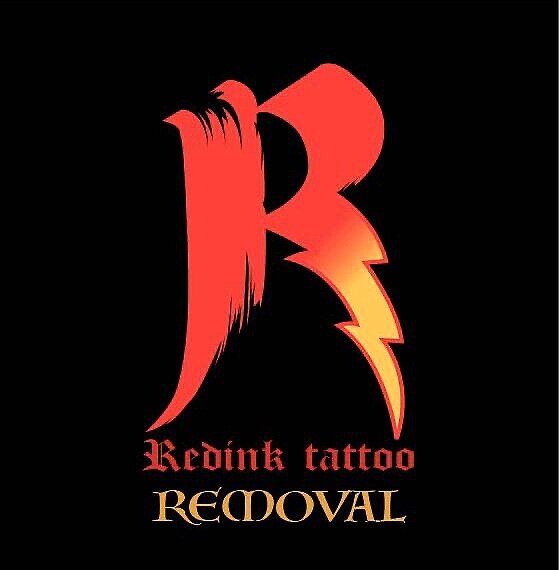
FAQs
How does the laser remove a tattoo?
Tattoo ink particles are too large for the body’s immune system to remove naturally because when tattoo pigment is injected into the lower layers of the skin (dermis) it becomes locked away by a wall of collagen fibres. Q-switched lasers produce very short bursts of high energy laser light. The light is absorbed by the large ink particles, generating heat that shatters the tattoo pigment into minute particles which the body is able to remove. Because the tattoo ink selectively absorbs the laser energy, the surrounding skin doesn’t overheat and there is no lasting damage. There are three layers of skin and they are the Epidermis, Dermis and Hypodermal layer that consists of collagen and sub dermal fat.
What is the AW3 ND YAG Laser Q Switched?
ND YAG stands for neodymium-doped yttrium aluminum garnet) which is a crystal that is used as a medium for laser treatments. In Q-switched mode, Nd YAG produces 2 wavelengths, one in the infrared range (1064 nm) and a second beam of 532 nm wavelength which is useful for superficial skin lesions. Q switching refers to the technique of making the laser produce a high intensity beam in very short pulses.
How are the shattered ink particles removed from the body?
The macrophages transport the shattered ink particles out through the lymphatic system which and then the ink leaves the body through the kidneys into the urine.
What types of tattoos can be treated?
Professional Tattoos-placed 2-3mm into the dermis, Amateur Tattoos- usually blue and black inks and not as deep. Ink may not be dense. These are easier to remove then professional tattoos. Semi Permanent Make up- the depth is not as deep, but the pigment can contain iron pigments that do not respond well to the laser treatment.
Can my skin type be treated ?
We can treat all skin types with the Allwhite3000 ND YAG Q-switch technology. If you are in good health (no serious health concerns) and do not have hypo/hyper- pigmentation, tanned or Keloid scarring in your family or personal history.
What colors can be removed?
In principle the laser can remove all kind of tattoos. Since all tattoos are not the same in terms of colour, depth of ink deposition as well as their chemical composition some may respond differently. Black, red dark orange and dark blue tattoos will typically respond better to treatment with laser. However Brown, purple, green, light orange, neon and light blue colours are harder to remove and will require more sessions. Easiest to Hardest Tattoo Ink Colors to Remove
1. Black (Easiest)
2. Dark blue
3. Red
4. Brown
5. Green
6. Pink
7. Orange
8. Yellow
9. White (potentially can turn black) (Hardest)
What is the cost for tattoo removal?
The cost is based on the size and number of sessions needed. Each client requires a different treatment plan. We offer a per session price and an unlimited session plan. We will beat any price so let us know if you have a price quote with another service provider.
How many sessions are needed?
Customers will see a reduction after the first treatment however to completely remove a tattoo depending on the ink colour and how deep it is in the skin, it could be between 3-5 treatments with intervals of 6 weeks between treatments. In some clients more sessions may be necessary for complete removal.
Will there be scarring?
Although there is a risk of scarring with any laser, in most cases, scarring is not a significant risk for tattoo removal with the ND Yag laser. Tattoo removal has become associated with scarring because the older generation of lasers used for tattoo removal were very aggressive and carried a very high risk of scarring. The ND Yag laser does not heat the surrounding skin significantly and the risk of scarring is much reduced. The risk of scarring is mainly associated with a genetic pre-disposition to forming scar tissue and the presence of resistant, green pigment.
Is it painful?
The level of pain felt will depend on the type of tattoos, the amount of treatment required and your own pain threshold. Some clients would describe it as no more than uncomfortable, where others will describe it as an elastic band flicked against the skin.
How long are the sessions?
This depends on the size of the tattoo; a small tattoo might take 5 minutes, where a large, or multiple tattoos could take an hour or more of treatment. Again, the assessment will provide this information.
When are results visible?
Results can be observed immediately after the first session.
What are the 6 skin types on the Fitzpatrick scale?
Below are the various skin types that we treat with the laser.


